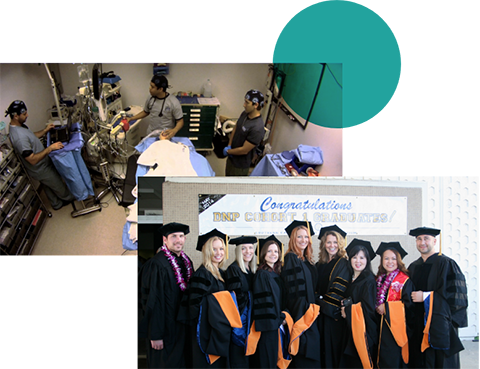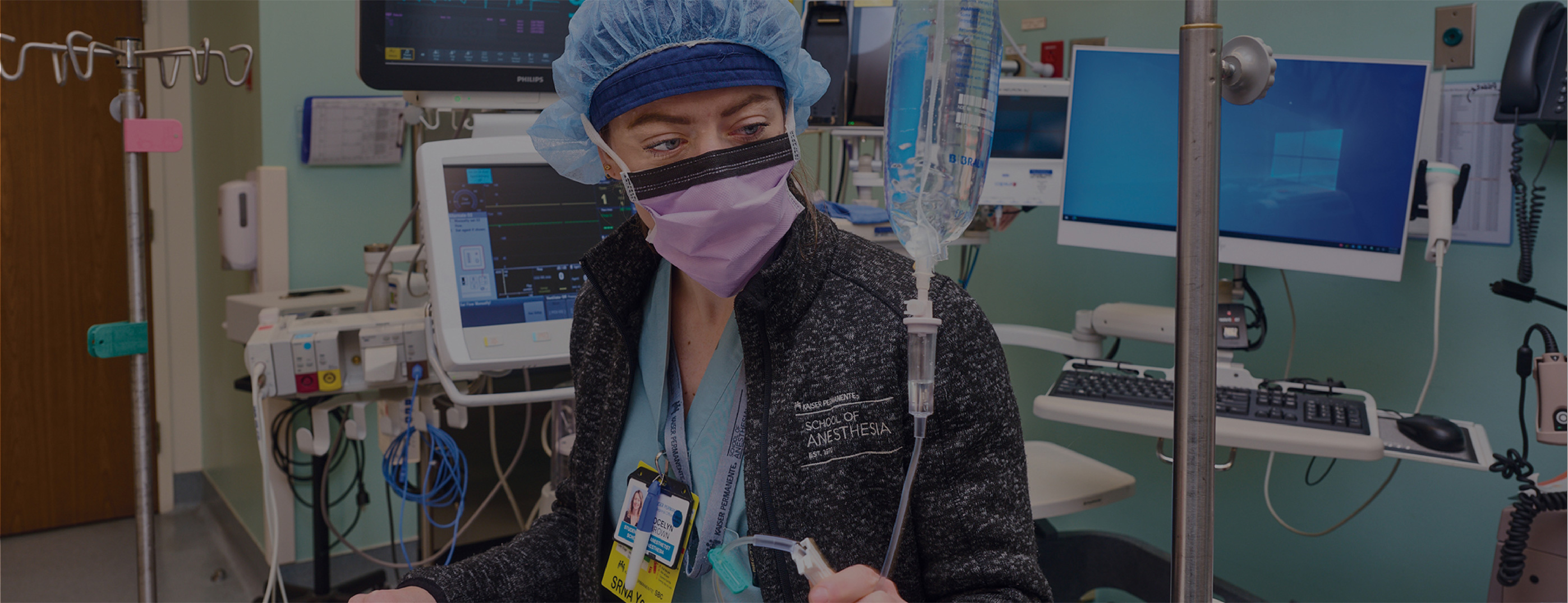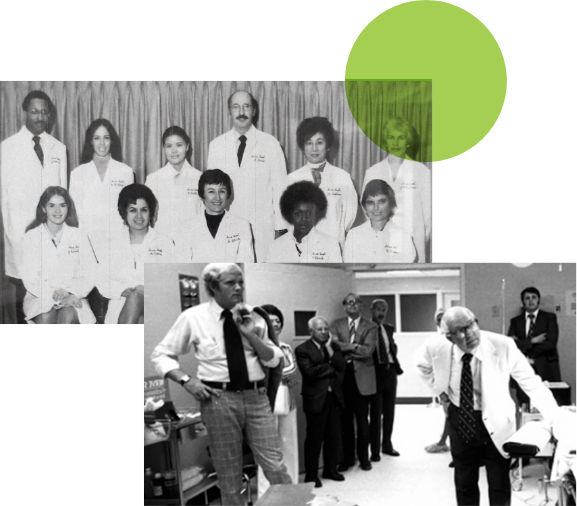
1970s
In 1972, Kaiser Permanente School of Anesthesia opened with its first cohort of 10 students. Joyce Kelly Ed.D., CRNA was the director and Dr. Robert Venrose, M.D. was the anesthesiologist medical advisor.
In 1978, Kaiser Permanente School of Anesthesia affiliated with California State University Long Beach. This was the first master level degree, Master of Science in Nursing with a clinical specialty of nurse anesthesiology, awarded in the United States.
1980s
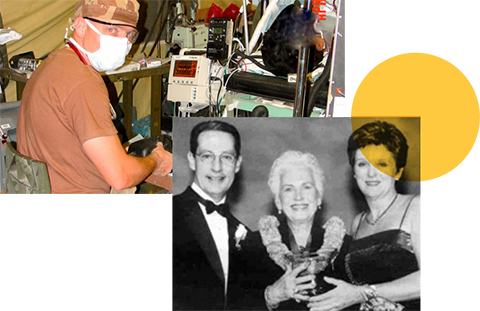
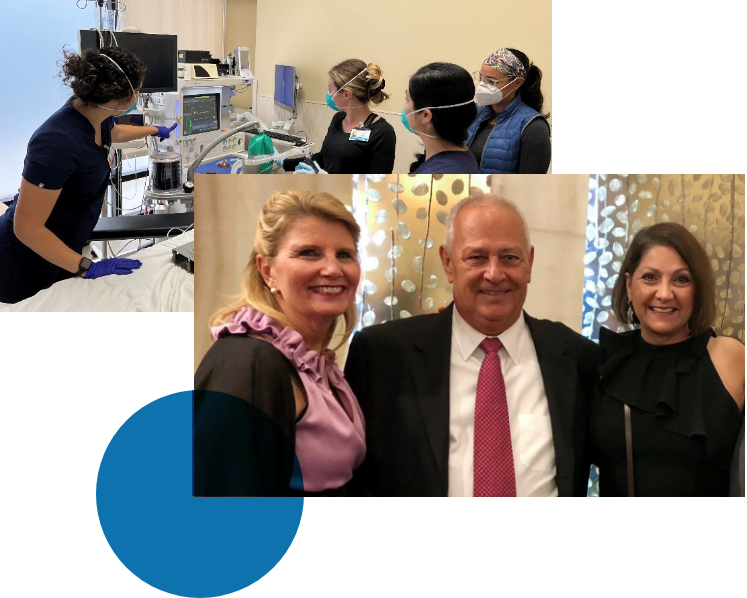
1990-2007
In 2000, KPSA changed its university affiliation from California State University Long Beach to California State University Fullerton. This collegial partnership has flourished throughout the years and continues presently. In addition, several awards were presented to our director emeritus and current director. Dr. Joyce Kelly was honored by the AANA with the Agatha Hodgins Award for Outstanding Accomplishment and Dr. John Nagelhout, Ph.D. was honored as the Program Director of the Year by the AANA.
Kaiser Permanente School of Anesthesia was proud to become affiliated with the Braille Institute in 2005. This is, yet, another partnership that continues today.
The curriculum at KPSA continued to evolve with the creation of the Simulation Lab in 2006. The state-of-the-art lab has been an integral part of the curriculum since it's development.
Medical advisement underwent several transitions over the years. From 2008-2013 Dr. Thelma Korpman, M.D., MBA was the medical advisor. Thereafter, Dr. Alex Chin, M.D took over the position and remains the medical advisor today.
2007-Present
The outstanding education that KPSA offers was an impetus for the Kaiser Permanente Anesthesia Technologist program. In 2010, Kaiser Permanente School of Anesthesia, in conjunction with Pasadena City College, accepted their first anesthesia technician class. The program is the first associate degree anesthesia technician program in the country, and its first class graduated in 2011.
Kaiser Permanente School of Anesthesia is committed to lifelong learning and, in 2012, supported the Southern California Doctor of Nursing Practice Consortium with offering the post-masters Doctor of Nursing Practice degree. Its first cohort graduated in 2014. In fall 2018, the KPSA program instituted the 3-year entry into practice BSN-DNP, graduating its first class in 2021.
Kaiser Permanente School of Anesthesia has become the leader in nurse anesthesia education. We are proud to have graduated highly educated, highly trained, highly skilled and highly professional certified registered nurse anesthetists. To date, KPSA has educated half of all CRNAs in the state of California.
